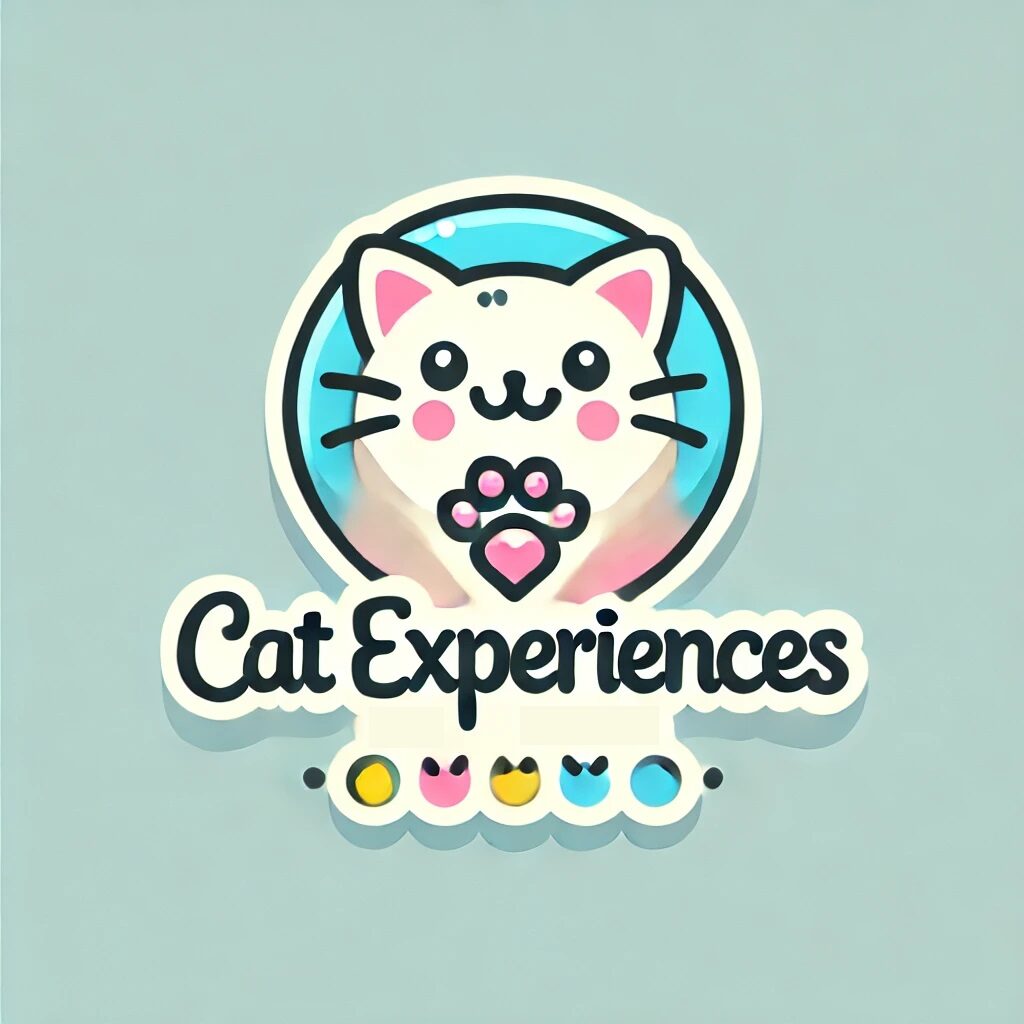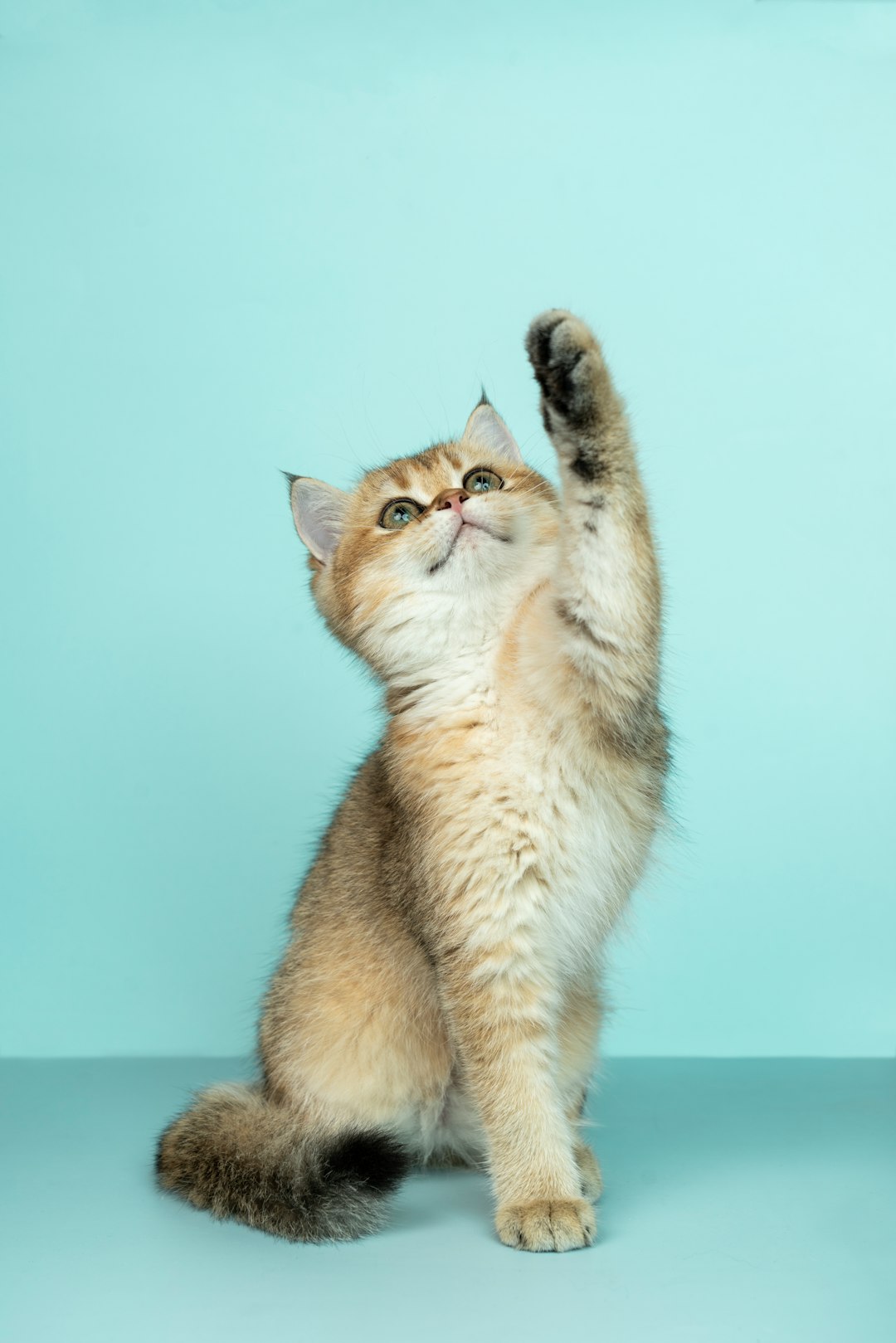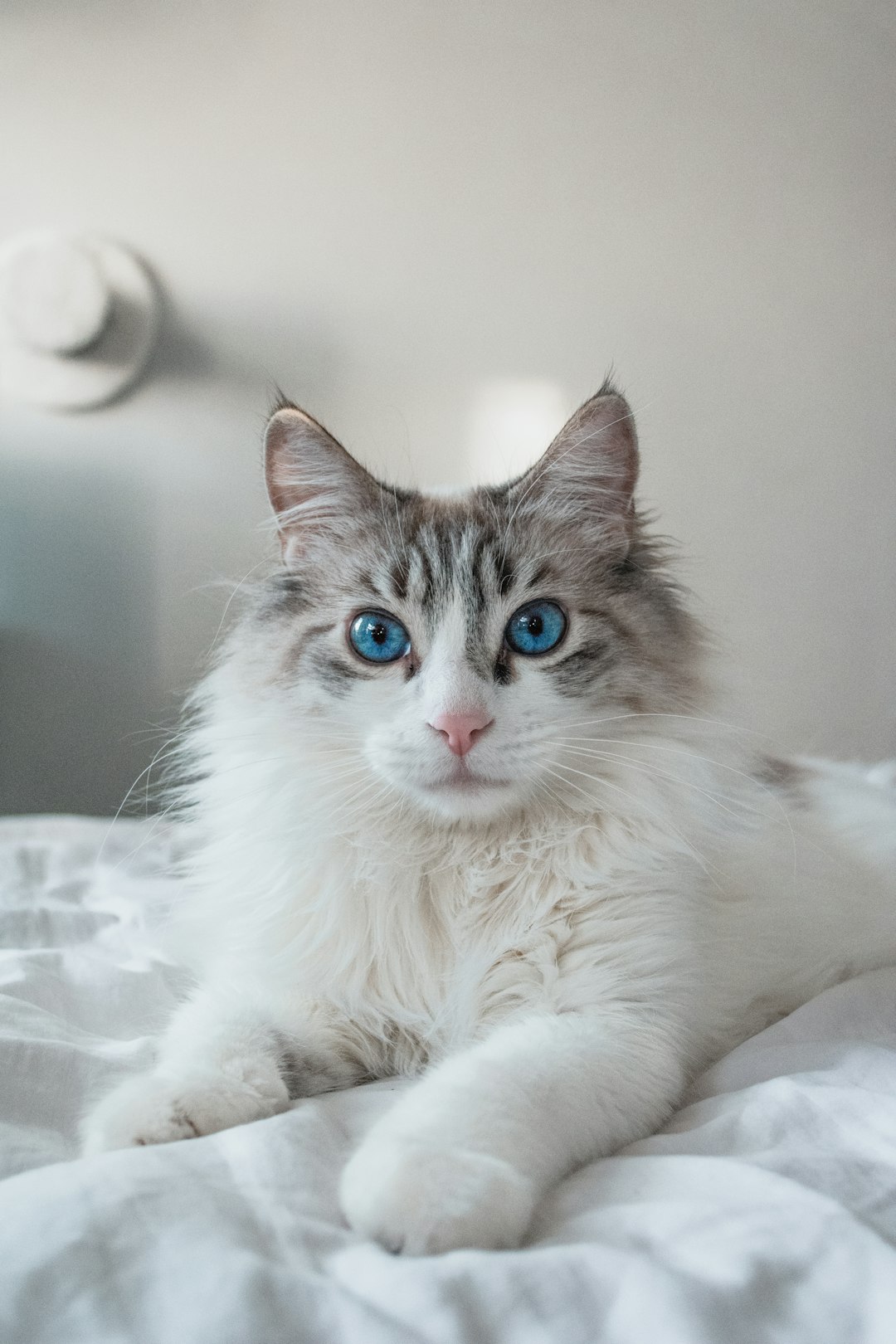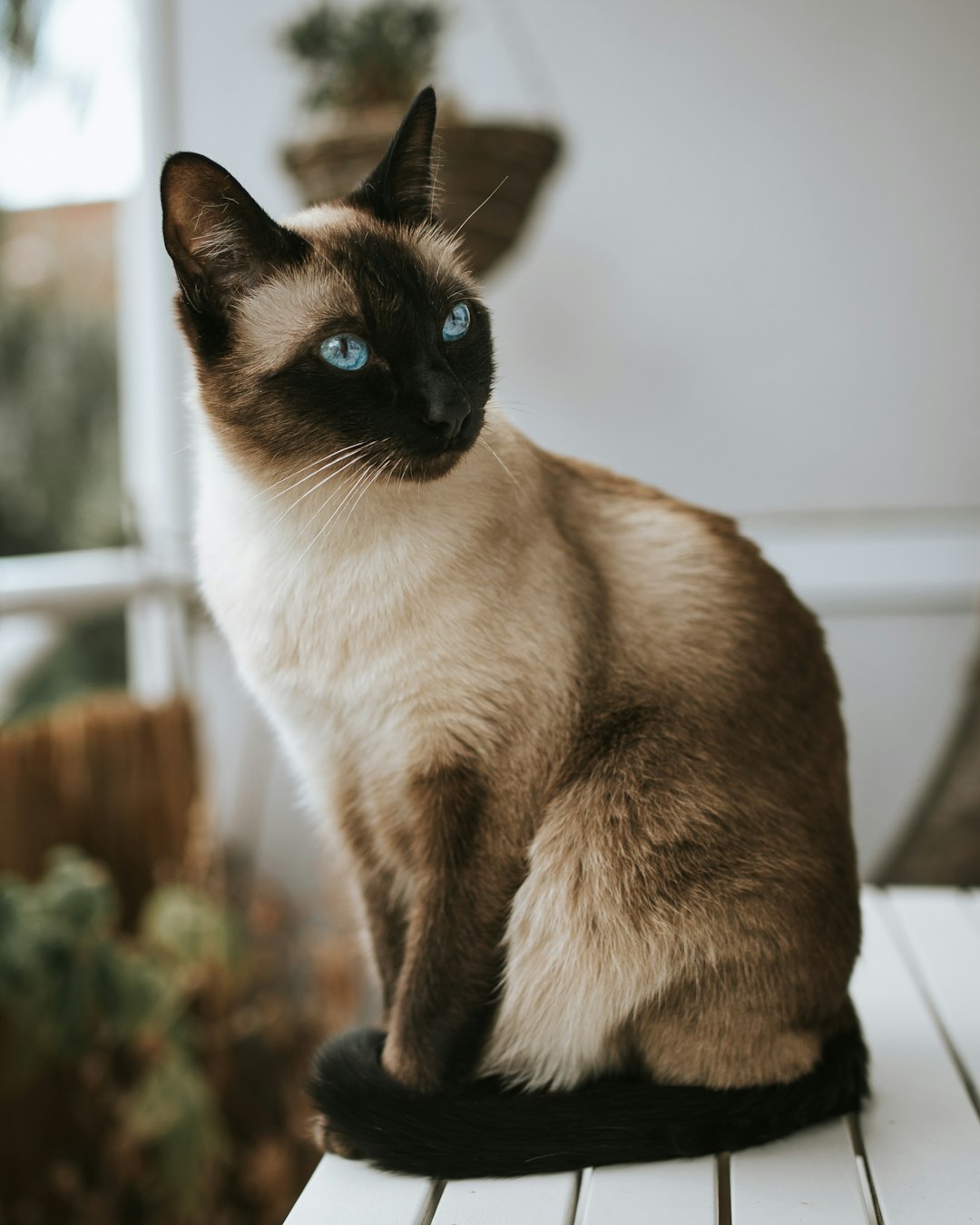As pet owners increasingly seek healthier and more convenient feeding options for their feline companions, freeze-dried nutrition has emerged as a game changer in the realm of pet food. Dehydrated cat food offers a remarkable balance of essential nutrients while maintaining the natural flavors that cats adore. Not only does this innovative approach support your cat’s overall health, but it also simplifies mealtime preparation for busy pet parents. In this blog post, we will delve into the numerous benefits of freeze-dried cat food, compare it to other food types, and provide essential tips for transitioning your pet to this nutritious option. Discover how making informed choices can enhance your cat’s diet and well-being, all while considering environmental sustainability.
Understanding Freeze-Dried Nutrition
What is Freeze-Dried Cat Food?
Freeze-dried cat food is a specialized pet food that retains the nutrients and flavors of raw ingredients through a unique preservation method. This process removes moisture, resulting in lightweight, shelf-stable meals that are easy to prepare by simply adding water. It’s designed to cater to cats’ instinctual needs for a species-appropriate diet without the hassle of handling raw meat.
How Freeze-Drying Works
The freeze-drying process involves three primary steps:
- Freezing: Ingredients are quickly frozen, which keeps the cellular structure intact.
- Primary Drying: Under a vacuum, ice sublimates directly into vapor. This step removes about 98% of water content.
- Secondary Drying: Remaining moisture is extracted to ensure a shelf-stable product.
This method is beneficial as it preserves the original nutrients, textures, and flavors without the use of preservatives.
Nutritional Value Compared to Kibble
When it comes to nutritional benefits, freeze-dried food shines in various aspects:
| Nutritional Aspect | Freeze-Dried Cat Food | Kibble |
|---|---|---|
| Moisture Content | < 8% | 10-12% |
| Protein Quality | High-quality, bioavailable | Lower bioavailability |
| Preservatives | Minimal to none | Often contains fillers |
| Digestibility | Easily digestible | Can be harder to digest |
In conclusion, understanding freeze-dried nutrition can help cat owners make informed choices about their pet’s dietary needs, providing a nutritious alternative that replicates a natural, raw feeding experience.
Benefits of Dehydrated Cat Food
Improved Shelf Life
One of the standout advantages of dehydrated cat food is its impressive shelf life. Unlike traditional moist food, which can spoil quickly, dehydrated options can last for months or even years without refrigeration. Here’s a quick look at why this is beneficial:
- Less Waste: Extended shelf life reduces the likelihood of food spoilage.
- Cost-Effective: Longer-lasting food means fewer trips to the store.
Convenience and Portability
For cat owners who are always on the go, the convenience of dehydrated nutrition cannot be overlooked. Consider the following benefits:
- Easy to Store: Compact and lightweight packaging saves space in your pantry.
- Travel-Friendly: Perfect for trips, as it requires no refrigeration and is easy to pack.
| Convenience Feature | Description |
|---|---|
| Space Saving | Packs tightly, making it easy to store at home |
| Lightweight | Easy to carry during travel |
| No Refrigeration Needed | Safe to leave out without spoilage concerns |
Enhanced Suitability for Cats with Dietary Restrictions
Many cats have specific dietary needs that can make finding the right food challenging. Freeze-dried options offer unique benefits:
- Rich Nutritional Profile: Packed with natural ingredients, often free from fillers and artificial preservatives.
- Customized Feeds: Many brands cater to specific allergies or sensitivities.
In summary, the benefits of this type of nutrition are extensive and can significantly contribute to your feline’s health and well-being.
Comparing Freeze-Dried to Other Food Types
Freeze-Dried vs. Dehydrated
While both dehydrated cat food and freeze-dried options remove moisture to preserve nutrients, their processes and resulting textures differ significantly. Here’s a quick comparison:
| Feature | Dehydrated Cat Food | Freeze-Dried Cat Food |
|---|---|---|
| Moisture Removal | High heat usage to remove moisture | Rapid freezing followed by sublimation |
| Nutrient Retention | Some nutrient loss | High nutrient retention |
| Texture | Chewy or hard | Light and crunchy |
| Rehydration Time | Longer | Quick and easy |
Freeze-Dried vs. Fresh Food
Fresh food often boasts an array of vitamins and minerals; however, its shelf-life is limited. Here’s how freeze-dried nutrition stacks up:
| Feature | Fresh Food | Freeze-Dried Cat Food |
|---|---|---|
| Shelf Life | Short | Extended |
| Nutrient Availability | High | Comparable |
| Preparation | Requires cooking/preparation | Just add water |
| Cost | Often more expensive | Budget-friendly options exist |
Freeze-Dried vs. Traditional Dry Food
Traditional dry food is convenient and has a long shelf life, but it often contains fillers and artificial ingredients. Here’s a brief comparison:
| Feature | Traditional Dry Food | Freeze-Dried Cat Food |
|---|---|---|
| Ingredient Quality | Varies significantly | Typically higher quality |
| Additives | Often contains fillers and by-products | Primarily whole ingredients |
| Digestibility | Moderate to low | Highly digestible |
| Moisture Content | Low (around 10%) | Very low (<5%) |
In summary, freeze-dried cat food exhibits numerous advantages over both traditional and fresh options, making it an appealing choice for those seeking nutritious, convenient, and well-preserved cat meals.
Understanding the Ingredients
Common Ingredients in Freeze-Dried Cat Food
Freeze-dried cat food is a nutritious option that contains high-quality ingredients aimed at mimicking a cat’s natural diet. Here are some commonly found ingredients:
- Protein sources: Chicken, turkey, fish, and beef.
- Fruits and vegetables: Peas, carrots, blueberries, and pumpkin.
- Supplements: Vitamins and minerals to ensure complete nutrition.
- Healthy fats: Fish oil or chicken fat for omega fatty acids.
Importance of Protein Sources
Protein is a key component of a cat’s diet due to their obligate carnivore nature. A high-quality dehydrated cat food should feature:
- Animal-based proteins: These provide essential amino acids like taurine, which supports heart and eye health.
- Easily digestible proteins: Such as chicken or fish, which are less likely to cause allergies and promote better digestion.
Avoiding Fillers and Artificial Additives
When selecting freeze-dried options, it’s crucial to avoid foods that contain fillers and artificial additives. These can detract from the nutritional value and may add unnecessary substances:
- Common fillers: Corn, wheat, and soy—often lack nutritional benefits.
- Artificial preservatives: Such as BHA, BHT, and ethoxyquin should be avoided for a healthier diet.
| Ingredient Types | What to Look For | What to Avoid |
|---|---|---|
| Protein Sources | High-quality animal proteins | Plant-based or low-quality proteins |
| Vitamins and Minerals | Natural, species-specific | Synthetic additives |
| Fats | Omega fatty acids from real sources | Unknown or sourced from fillers |
| Fillers | None or minimal | Corn, soy, artificial fillers |
By being aware of these ingredients, cat owners can make informed decisions for their furry companions, ensuring a healthy and balanced diet.
How to Transition Your Cat to Freeze-Dried Food
Transitioning your feline friend to a new diet can sometimes be a challenge, but with the right approach, it can be a smooth process. Here’s how to effectively introduce dehydrated cat food into your cat’s diet.
Signs Your Cat Is Ready for a Change
Before making any dietary changes, it’s essential to observe your cat. Look for these signs:
- Boredom with Current Food: If your cat is frequently leaving food in the bowl, it might indicate they are no longer excited about their current meals.
- Weight Fluctuations: Difficulty in maintaining a healthy weight could signal the need for a more nutritious option.
- Digestive Issues: If your cat is experiencing frequent upset stomachs or vomiting, switching to a high-quality option could resolve these issues.
Gradual Transition Steps
A sudden switch can upset your cat’s stomach, so follow these steps for a gradual transition:
- Week 1: Mix 10-20% dehydrated cat food with their current food.
- Week 2: Increase to 30-50% freeze-dried food.
- Week 3: Adjust the mix to 70-80% freeze-dried food.
- Week 4: Serve 100% freeze-dried food.
This slow transition helps your cat acclimate to the new texture and flavors without gastrointestinal distress.
Monitoring Your Cat’s Health
As you transition, keep a close watch on your cat’s health:
- Behavioral Changes: Note any increases in energy or playfulness.
- Digestion: Monitor for any signs of diarrhea or vomiting.
- Weight: Weigh your cat weekly to ensure they are maintaining a healthy weight.
| Monitoring Aspect | What to Look For | Action |
|---|---|---|
| Behavioral Changes | Increased energy, playfulness | Continue transition |
| Digestive Response | Normal stool consistency | Proceed with the schedule |
| Weight Stability | Steady weight in the range | Adjust feeding portions if necessary |
By carefully observing these signs and following a structured approach, you can successfully transition your cat to freeze-dried food, ensuring they enjoy the benefits of a nourishing diet.
Feeding Guidelines for Freeze-Dried Cat Food
Feeding your cat dehydrated cat food requires a clear understanding of portion sizes and nutritional needs. Proper guidance ensures your feline friend maintains a balanced diet while enjoying the benefits of freeze-dried nutrition.
Portion Control
- Assess Your Cat’s Weight: Keep track of your cat’s weight to determine the ideal portion size for their dietary needs.
- Follow Package Instructions: Each brand of freeze-dried cat food provides specific serving recommendations, ensuring you meet your cat’s requirements.
- Adjust for Activity Level: Active cats may need larger portions compared to less active ones. Adjust accordingly to avoid overfeeding or underfeeding.
Daily Feeding Requirements
- General Guidelines: Most adult cats typically require 20 calories of food per pound of body weight daily. This translates to approximately 1/4 to 1/3 cup of dehydrated cat food per day, depending on the brand and formulation.
- Kitten Needs: Kittens generally need more calories (around 30 calories per pound) to support their growth and energy levels, requiring more frequent feeding sessions.
- Wet Food Inclusion: Consider mixing freeze-dried food with a small amount of water or wet food to ensure proper hydration and palatability.
Supplemental Feeding Options
- Treats and Snacks: Offer freeze-dried treats or small amounts of fresh food as supplementary snacks to keep your cat interested and satisfied.
- Homemade Additions: Consult with your vet before adding homemade meals to your cat’s diet, ensuring they receive all necessary nutrients.
- Health Considerations: Always consider specific dietary restrictions or health issues when selecting any supplements or additional foods.
By adhering to these feeding guidelines, you can confidently incorporate freeze-dried nutrition into your cat’s diet while promoting their overall health and wellness.
Tips for Choosing the Right Brand
When it comes to selecting dehydrated cat food, the wide variety of brands can be overwhelming. To ensure you make the best choice for your feline friend, consider the following tips:
What to Look for in Quality Freeze-Dried Food
Selecting high-quality dehydrated cat food should be a priority. Here are key factors to examine:
- Protein Source: Look for specific meat types (e.g., chicken, beef) rather than generic terms like “meat meal.”
- Grain-Free Options: Many cats thrive on grain-free diets, so consider brands that avoid fillers.
- Natural Additives: Opt for products that utilize natural preservatives and lack artificial colors or flavors.
Reading Labels and Understanding Ingredients
Understanding what goes into your cat’s food is crucial. Pay attention to:
| Component | What to Look For | Why It Matters |
|---|---|---|
| Main Ingredients | Specific meat or fish as the first ingredient | Ensures high protein content and quality nutrition |
| Vitamins & Minerals | Essential nutrients listed clearly | Supports overall health and immune function |
| Guaranteed Analysis | Nutritional breakdown of protein, fat, and fiber | Helps you assess if the food meets your cat’s needs |
Brand Reputation and Reviews
A brand’s reputation can significantly influence your choice. Consider these points:
- Customer Feedback: Read reviews and testimonials from other pet owners.
- Veterinary Recommendations: Always check if the brand is recognized by veterinary professionals.
- Company Transparency: Brands that share sourcing and manufacturing processes tend to be more credible.
By following these tips, you’ll be well-equipped to find a reputable brand that offers the highest quality of dehydrated cat food for your beloved pet.
Common Misconceptions About Freeze-Dried Food
When considering dehydrated cat food, several misconceptions may deter cat owners from exploring its benefits. Let’s address some of the most common myths surrounding freeze-dried nutrition.
It’s Too Expensive
One prevalent belief is that freeze-dried food is unaffordable. While prices may vary, consider the following points:
- Higher Nutritional Value: Each serving often contains concentrated nutrients, meaning less food may be required.
- Reduced Waste: Unlike canned or fresh food, which can spoil, freeze-dried options have a longer shelf life, saving money in the long run.
Not Nutritionally Complete
Many assume that dehydrated cat food lacks essential nutrients. However, this is not the case:
| Nutrient Type | Presence in Freeze-Dried Food | Comparison to Other Types |
|---|---|---|
| Proteins | High | Equal to fresh wet food |
| Vitamins and Minerals | Complete options available | Often less in kibble |
| Moisture Content | Low, enhances preservation | High in wet food |
- Balanced Formulations: Most brands offer comprehensive formulas designed to meet a cat’s dietary requirements.
Only for Picky Eaters
Another misconception is that freeze-dried food is exclusively aimed at fussy felines. In reality:
- Variety of Flavors: Many brands offer diverse flavors that appeal to all types of cats.
- Transition Aid: It can serve as a transitional food making it easier for cats to elicit interest in their meals.
By debunking these common myths, pet owners can feel more confident in exploring dehydrated cat food as a nutritious option for their feline friends.
Environmental Impact and Sustainability
Sourcing Ingredients Responsibly
One of the significant components of dehydrated cat food is the sourcing of its ingredients. Reputable brands prioritize:
- Sustainable farming practices: This approach helps minimize environmental degradation.
- Local sourcing: Reduces carbon footprints associated with transportation.
- Natural ingredients: Using organic components limits pesticide and chemical use, promoting a healthier planet.
Packaging and Waste Considerations
The packaging of pet food can significantly impact the environment. Consider the following aspects of dehydrated cat food:
- Bio-degradable materials: Many companies are now opting for eco-friendly packaging.
- Recyclability: Look for brands that provide easy-to-recycle materials.
- Minimalist designs: Reducing excess packaging can lessen waste.
| Type of Packaging | Recyclability | Environmental Impact |
|---|---|---|
| Plastic | Low | High waste generation |
| Metal | Medium | Energy-intensive recycling |
| Biodegradable | High | Reduces landfill contributions |
Long-Term Benefits for Pet Owners
Investing in dehydrated cat food not only benefits your cat’s health but also promotes sustainability in the long term:
- Reduced food waste: Higher nutrient density means less food wastage.
- Energy efficiency: The freeze-drying process often requires less energy compared to conventional cooking methods.
- Support for ethical brands: By choosing sustainably sourced products, you foster market demand for environmentally friendly practices.
By being mindful of these considerations, pet owners can make informed choices that support both their feline companions’ nutrition and the planet’s health.
Frequently Asked Questions
What is freeze-dried cat food and how is it made?
Freeze-dried cat food is a type of pet food that has undergone a preservation process known as freeze-drying. It involves first freezing the food at extremely low temperatures to remove moisture. After freezing, the food is placed under a vacuum, allowing the ice to sublime directly into vapor, thereby eliminating water content while retaining nutrients, flavor, and texture. This process helps preserve the integrity of the ingredients, ensuring that your cat receives a nutritious meal packed with essential vitamins and minerals.
What are the benefits of feeding my cat freeze-dried food?
Feeding your cat freeze-dried food offers numerous advantages. Firstly, it retains more nutrients compared to traditional kibble due to minimal processing, ensuring your cat receives high-quality nutrition. Secondly, the lightweight and shelf-stable nature of freeze-dried food makes it convenient for storage and travel. Additionally, many cats find freeze-dried food more palatable, which can be beneficial for picky eaters. Finally, this type of food typically contains less filler, leading to a more balanced diet for your feline companion.
Can freeze-dried cat food be used as a complete diet?
Yes, freeze-dried cat food can serve as a complete and balanced diet if it is specifically formulated to meet the nutritional standards set by pet food authorities, such as the Association of American Feed Control Officials (AAFCO). Always check the packaging for AAFCO statements to ensure the food fulfills your cat’s dietary requirements. Furthermore, it’s essential to follow feeding guidelines provided by the manufacturer to prevent nutritional imbalances, especially in kittens and pregnant or nursing cats.
How should freeze-dried cat food be stored?
To maintain the quality and freshness of freeze-dried cat food, it should be stored in an airtight container away from direct sunlight and moisture. Keeping it in a cool, dry place helps preserve its shelf life. Most freeze-dried foods are vacuum-sealed to extend their longevity, but once opened, it’s crucial to reseal the package properly. Always check the best-by date on the packaging and use the food within the recommended timeframe to ensure your cat is consuming safe and nutritious meals.
Is freeze-dried food suitable for all cats?
While freeze-dried food can be a great option for many cats, it might not be suitable for every cat, particularly those with specific health conditions or dietary restrictions. Some cats may require moist food due to dental issues or specific health concerns, such as urinary tract problems, where hydration is critical. Always consult with your veterinarian before making significant changes to your cat’s diet, especially if your cat has any underlying health issues or special dietary needs.



